Why Clothing and Comfort Matter for AP Exam Success
When we think about AP preparation, we usually focus on review books, practice tests, and time management. Those are essential — but so are the small, physical details that shape how a student feels at 8:00 a.m. on exam day. Temperature, seating, and clothing can either be quiet allies that keep focus steady or tiny saboteurs that distract, unnerve, and drain energy.
As a parent, your job isn’t to micromanage outfits; it’s to create a reliable comfort strategy so your child can channel their energy into thinking, not fidgeting. Think of comfort as part of the testing toolkit — low effort, high impact. Below, you’ll find research-backed, practical, and pleasantly simple hacks to make sure clothing and seating are working for your child, not against them.
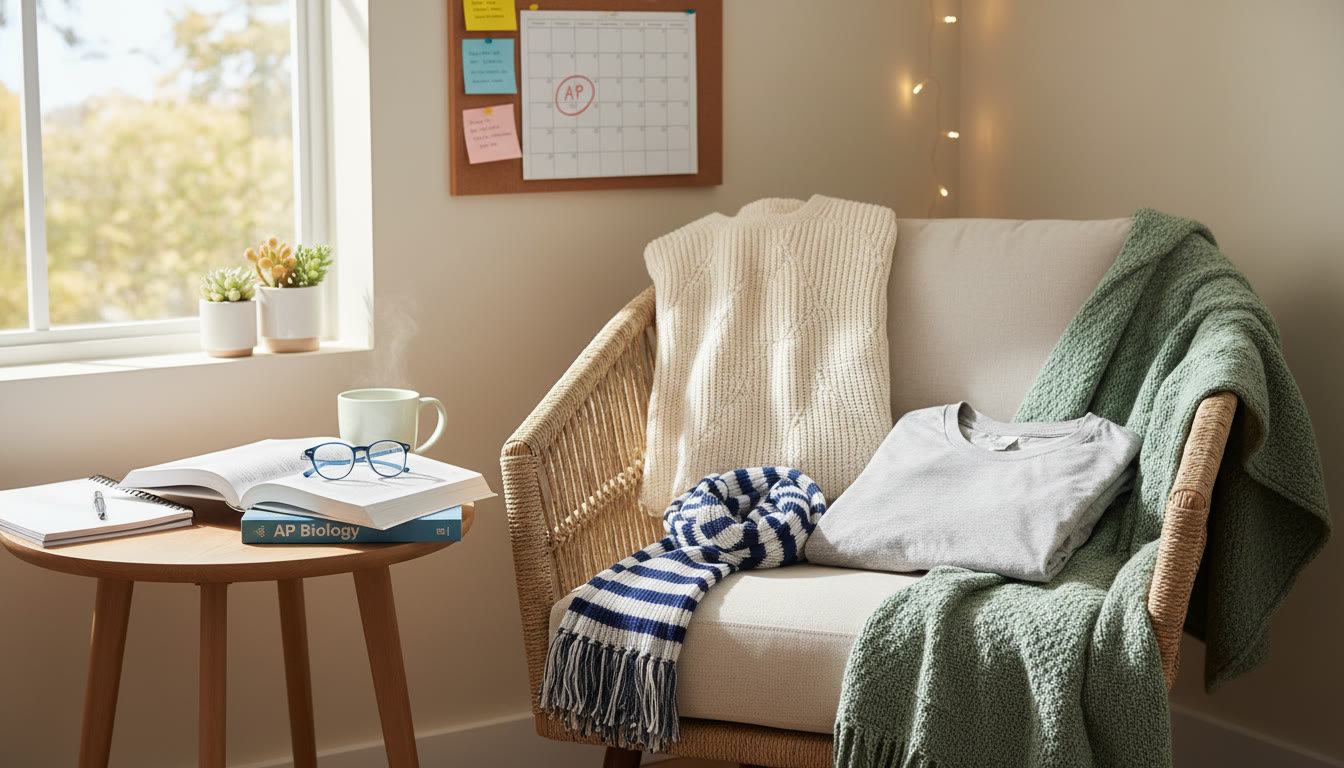
How Temperature Affects Focus and Cognition
Temperature isn’t just about being warm or cold; it directly affects cognitive processes. Too hot, and attention drifts; too cold, and creativity slows as the body works harder to maintain warmth. For adolescents, whose metabolic rates and comfort zones can differ widely from adults, small temperature swings feel larger.
Here are the temperature ranges that tend to support focus and reasoning for most students:
- Comfortable cognitive range: roughly 68–72°F (20–22°C) — a sweet spot for sustained concentration.
- Slightly cooler for heavy reading or timed multiple-choice sections: 66–70°F (19–21°C) — cool enough to stay alert but not distracting.
- Slightly warmer for long essay-writing blocks: 70–74°F (21–23°C) — helps reduce muscle stiffness during handwriting or typing, and promotes a relaxed but focused state.
In testing centers, you don’t control the thermostat — but you can control clothing and small personal items that make a big difference.
Practical Temperature Hacks for Test Day
- Layer Up: Teach your student to wear thin, breathable layers. A light t-shirt, long-sleeve shirt, and a zip-up hoodie allow quick adjustments when the room feels chilly or warm.
- Warm Hands, Better Writing: Cold fingers make writing slower and stiffer. Pack a pair of thin fingerless gloves or a small hand warmer (unused and sealed if exam rules allow) in the car to use just before entering the building.
- Use a Compact Blanket or Scarf: A lightweight scarf or travel blanket (folded and stored in a bag) provides warmth without bulk and is easy to stow under a chair if permitted.
- Mind the Shoes: Cold feet are a major distraction. Advise students to wear socks and comfortable shoes — something easy to slip off in the car on the way if they’re too warm.
- Pre-Test Acclimation: Arrive early so your child can sit in the testing room for a few minutes and adapt to the temperature. Even five minutes can reduce start-of-test discomfort.
Seating: Posture, Support, and Spatial Comfort
Seating is about posture, which affects breathing, stamina, and the ability to write or type efficiently. Many students underestimate how much a hard, awkward chair can sap energy over a three-hour exam.
Seating Strategies for Comfort and Endurance
- Back Support: Encourage bringing a small lumbar cushion if permitted, or wearing a shirt with a built-in support-friendly layer. A rolled-up sweater can work in a pinch.
- Neutral Posture: Teach neutral posture — feet flat on the floor, knees at about a 90-degree angle, back gently supported, shoulders relaxed. Practicing this during mock tests builds muscle memory.
- Avoid Overstuffed Chairs: If the seat is too soft and enveloping, it can encourage slumping. A firmer, more upright position tends to keep attention sharper.
- Seat Choice Practice: When practicing at home, switch between different seating arrangements — desk chair, kitchen chair, and library-style hard chair — so your child isn’t surprised by an unfamiliar seat.
What to Wear: Test-Day Clothing Checklist
Here’s a compact checklist you can help your child run through the night before and the morning of the AP exam:
| Item | Why It Helps | Quick Tip |
|---|---|---|
| Light Breathable Base Layer (cotton or moisture-wicking) | Keeps body temperature stable and reduces sweat discomfort. | Avoid heavy fabrics that trap heat. |
| Long-Sleeve Shirt or Thin Sweater | Provides a warm layer that’s easy to remove. | Zip-ups are best for quick adjustments. |
| Comfortable Pants | Maintain circulation and avoid constriction during long sitting. | Elastic waist or slightly loose fit preferred. |
| Socks and Comfortable Shoes | Keep feet warm and stable; reduce distractions. | Slip-on shoes make airport-style security quicker. |
| Small Scarf or Light Blanket | Warmth without bulk; doubles as neck support if needed. | Choose soft, lightweight fabric. |
| Minimal Accessories | Avoid jingling jewelry or belts that can be distracting. | Leave watches or bulky jewelry at home if uncomfortable. |
Comfort During Study Sessions — Train the Body and Mind
Comfort on exam day starts with comfort while studying. If a student only practices in sweatpants on a plush couch, a rigid testing chair will feel twice as uncomfortable. Create deliberate, realistic study conditions.
Set Up Practice Conditions
- Use a Hard Chair Occasionally: Once every few practice exams, switch to a less cushioned chair to mimic testing centers.
- Control Lighting and Noise: Practice under similar lighting (overhead fluorescent or natural light) and ambient sound levels as expected in the exam room.
- Time Blocks with Breaks: Teach the pattern of focused work with short breaks to practice stamina — for example, 50–60 minute study blocks with a 10–15 minute break.
- Replicate Clothing Choices: Do at least one full-length practice test while dressed in likely test-day clothing so the student knows what’s comfortable for extended periods.
Small Items That Make a Big Difference
Some items are compact but disproportionately helpful on test day:
- Thin Compression Socks: Gentle compression helps circulation for students who find their feet get numb after long sitting.
- Soft Hair Tie or Headband: Keeps hair out of the face without tugging.
- Anti-Glare Glasses or Contact Case: If glare or dry eyes are a problem during long reading stretches, have solutions ready.
- Emergency Comfort Kit: A small pouch with a compact tissue pack, lip balm, and a calming scent on a cotton square (use discreetly) can help soothe a frazzled student before the exam.
Balancing Dress Code Rules and Comfort
Some testing centers and schools have strict rules about what can be brought into the room. Always review the rules ahead of time so comfort items are compliant. If something is not allowed (like heated hand warmers), have an alternative ready (extra socks, layered sleeves) so your student doesn’t feel caught off guard.
What to Do If You Can’t Bring Extras
- Pre-test Warmth: Use a warm car seat on the way and keep a sweater on until the last minute.
- Practice Without Extras: Have students practice full-length exams without comfort items a few times so they build tolerance.
- Mental Comfort Rituals: Breathwork, a short seated stretching routine, or a quick five-minute guided visualization can offset physical discomfort.
Mindset Work: Reducing Distraction from Discomfort
Comfort hacks are powerful, but the student’s mindset matters even more. Encourage small rituals to reframe discomfort as a normal, manageable part of the process:
- Acceptance Technique: Teach your child to label the sensation (“cold hands”) and refocus on the task without fighting it.
- Micro-Checkpoints: Every 15–20 minutes during study or practice, do a quick body scan for tense shoulders or shallow breathing and reset posture.
- Anchor Routine: A short, consistent pre-test routine (layering clothing, three deep breaths, reading the first question silently) creates predictability and calms nerves.
How Parents Can Help Without Hovering
Your presence and preparation make a huge difference — but it’s easy to cross the line into over-managing. Here are gentle ways to support your child’s comfort strategy:
- Run a Comfort Checklist Together: The night before, go over the clothing checklist calmly and let your child make choices. This builds confidence.
- Provide Options, Not Orders: Offer two outfit choices and let them pick. Autonomy reduces stress.
- Model Calmness: If you’re anxious, your child will feel it. Offer practical reassurance and avoid last-minute temperature-related panic on the drive to the test center.
- Practice Logistics: Confirm arrival time, seating rules, and allowed items the week before so there are no surprises.
When to Consider Extra Help: Study Comfort Meets Academic Support
If your child’s discomfort regularly undermines their practice tests or attention, it may be time for extra support beyond clothing hacks. Tailored academic support can reduce anxiety and improve focus — and sometimes, simple coaching on study routines and environment makes the biggest difference.
Sparkl’s personalized tutoring can be useful here: their 1-on-1 guidance helps students create tailored study plans that account for pacing, breaks, and even environmental preferences. Expert tutors can observe which conditions help your child perform best, then recommend targeted adjustments — like ideal practice temperatures or seating patterns — and build them into a study plan. AI-driven insights can also identify attention dips and suggest optimal break timing.
Sample Day Timeline: Comfort-Focused AP Test Morning
Here’s a practical timeline you can adapt for your family. The goal is predictability and calm.
| Time Before Test | Activity | Comfort Focus |
|---|---|---|
| 24 Hours | Pack bag with allowed items and checklist. | Include layers, socks, and a small scarf. |
| Night Before | Lay out clothing options and have a light, stable dinner. | Avoid heavy or unfamiliar foods that might disrupt sleep. |
| 90 Minutes | Eat a balanced breakfast; dress in base layer. | Wear layers and have the sweater handy but not on. |
| 30 Minutes | Arrive at test center; let child sit and acclimate. | Adjust layers as needed; quick body-scan breathing routine. |
| Start of Test | Final posture check and five deep breaths. | Ensure feet are flat and shoulders relaxed. |
Quick Troubleshooting: Common Comfort Problems and Fixes
When something goes wrong, quick fixes can keep momentum — here are common situations and how to respond without losing composure.
- Too Cold in the Room: Encourage small, slow body movements during allowed breaks (ankle circles, shoulder rolls). If allowed, add a layer and tuck it under the chair.
- Too Hot: Remove a layer and use a folded shirt under the thighs to improve airflow. Sip water during approved breaks to stay cool.
- Itchy Fabric or Irritating Tag: Keep a small safety-pin in the bag to turn garments inside out, or change into the alternate shirt you packed.
- Hard Chair Causing Backache: Sit slightly forward to use core muscles, and roll the shoulders back every 20 minutes.
Real-World Example: How Small Changes Added Up
One student we worked with used to get distracted during long AP exam sections because her feet went numb and she kept rubbing them. After a few timed practices where she intentionally wore thin compression socks and swapped a stiff chair for a firmer kitchen chair, her concentration improved notably. She also practiced short posture resets mid-test. Those small physical shifts shaved off seconds of distraction each time, which translated into clearer, more efficient problem-solving on the actual exam.
Personalized tutors at Sparkl (when used) helped formalize this routine. They incorporated brief posture checks into the student’s timed practice sessions, which made the real exam feel familiar and manageable. That’s the tangible value of combining clothing and comfort strategies with tailored academic coaching.
Final Checklist for Parents — Calm, Practical, Ready
Keep this compact checklist on your fridge or in your phone the week of the exam. These are the small acts that create a reassuring environment and let your child focus on the test itself.
- Confirm permitted items and testing-center rules ahead of time.
- Pack layers: breathable base, long-sleeve or sweater, light scarf or blanket.
- Include comfortable socks and shoes.
- Run at least one full practice test in similar clothing and seating conditions.
- Teach a 1–2 minute pre-test breathing and posture routine.
- Offer autonomy in outfit choice to build confidence.
- Consider targeted tutoring if physical comfort regularly undermines practice performance — a tutor can help translate comfort wins into better scores.

Wrapping Up: Comfort Is a Competitive Advantage
AP exams test knowledge, yes — but they also reward steady focus, endurance, and the ability to perform under mild stress. Temperature control, smart clothing choices, and seating strategies are low-cost, low-effort ways to reduce friction so your child’s thinking can do the work.
Help them practice realistic conditions, keep the morning predictable, and normalize minor discomfort as manageable. If additional help is needed, tailored tutoring — like Sparkl’s personalized 1-on-1 sessions and AI-informed study planning — can make comfort strategies part of a wider, evidence-based preparation plan.
Small comforts create big calm. When kids are comfortable, they’re more likely to read clearly, write fluently, and show the knowledge you’ve both worked so hard to build. That quiet confidence is one of the very best things a parent can give them on test day.


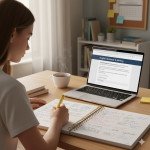
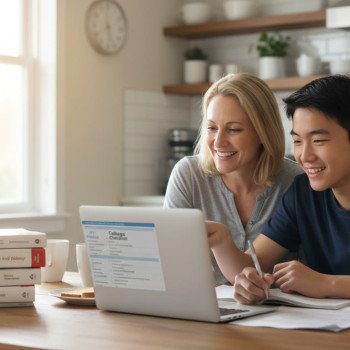
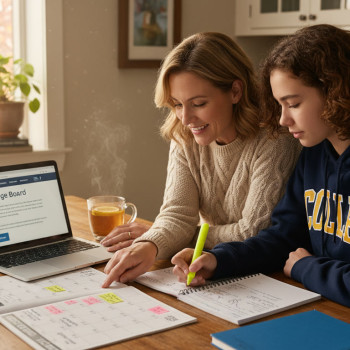




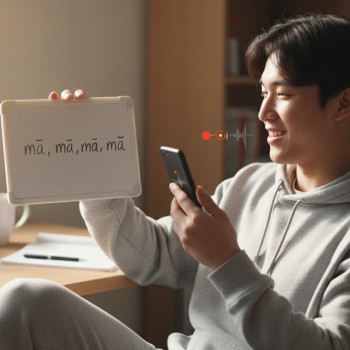










No Comments
Leave a comment Cancel